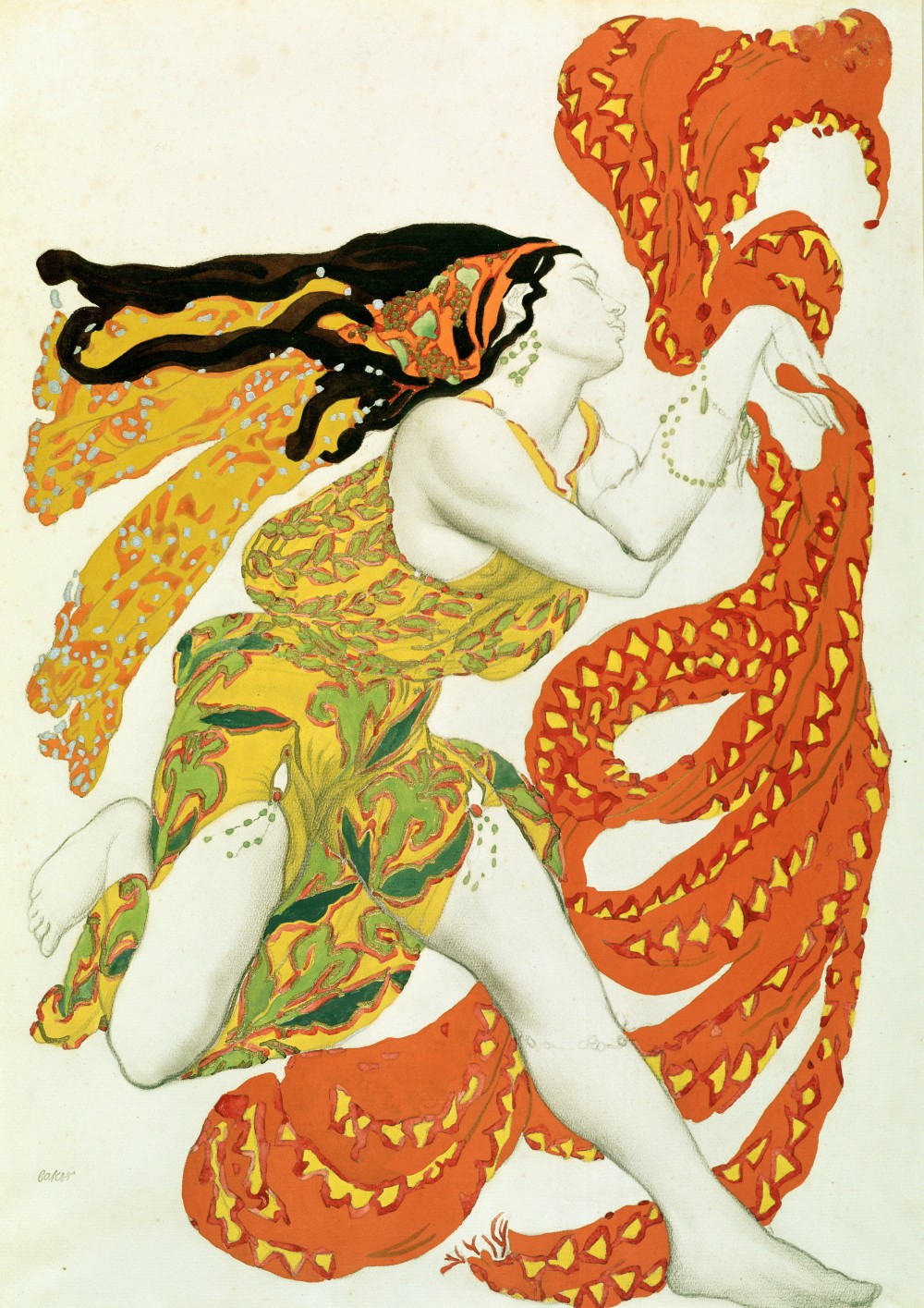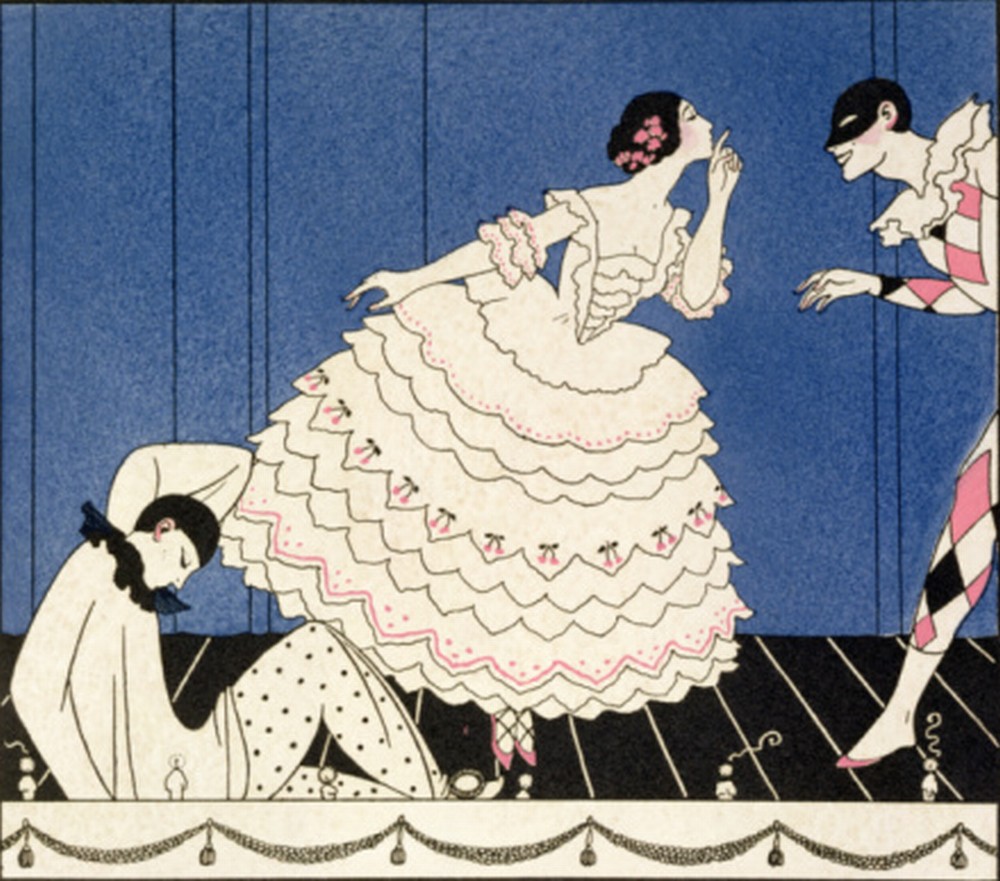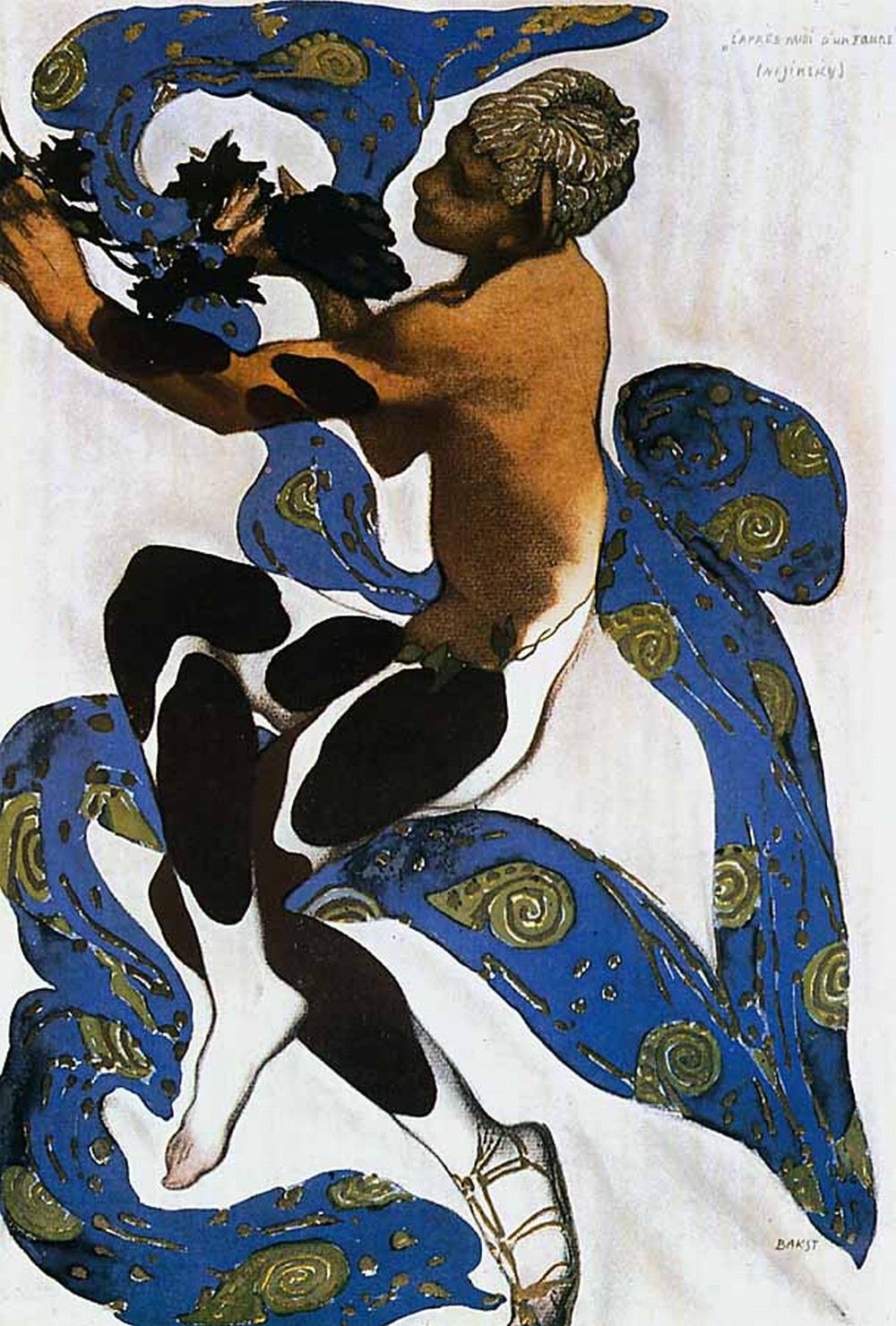
Ballets Russes
A brand of Russian origin that has tremendously impacted the development of the world of fashion, the performing arts and the entertainment industryWe often talk about Russian ballet as a cultural phenomenon, forgetting about the commercial and business side of the Russian Ballet. The Monte-Carlo based Ballets Russes, one of the first international production companies, is home to some of the world’s foremost stars of high art.
In 20 seasons, from 1909
to 1929, the Ballets Russes troupe created and performed about 60 ballets in Europe and America
In the spring of 1917 Ballets Russes changed the very idea of the dance when it placed its first major commission with the composer Eric Satie for the music to the ballet Parade, based on the poetry of Jean Cocteau. “Only the Russians could dare to risk such a revolution in art,” the French newspapers lauded.
L Bakst, as the Parisians called Lev Bakst, started as a decorator in the Ballets Russes. His aesthetics greatly influenced the development of European art, theater and fashion.
The artists working as designers
for the Ballets Russes-
Leon Bakst
-
Alexander Benois
-
Pablo Picasso
-
Andre Derain
-
Coco Chanel
-
Henri Matisse
Having arrived in Paris in 1911, Sophia Dymshits-Tolstaya recalled seeing a portrait of Bakst on the front page of a concierge’s newspaper and asking who that was. The concierge wrote Tolstaya, “somewhat snootily remarked that there is hardly a person in Paris who does not know Bakst, as he dominates not only the theatre, but all the shops: they are full of things a la Bakst.”
“Elegant and capricious Paris recognized and crowned him, surprisingly, despite the kaleidoscope of shifting idols and the whim of Parisian fancy. Charles Worth and Jeanne Paken, lawmakers of Parisian fashion, began to promote Bakst," recalled Mstislav Dobuzhinsky.
-
Leon Bakst
-
Jean Cocteau
-
Erik Satie
-
Igor Stravinsky
Among the other artists, it is precisely to Leon Bakst that we are obliged for the presentation of the Russian style as something elegant and bright, which developed in Europe.
Leon Bakst
period of his work with the Ballets Russes.
There is an invaluable contribution of the Ballets Russes in promoting a positive image of Russia in the world. Even British dancers in the troupe took Russian names: Alice Marx was Alicia Markova, and Hilda Mennings went by Lydia Sokolova.
For twenty years, from 1909 to 1929, the company, or in modern parlance, the Ballets Russes production center revolutionized fashion, the theater and the entertainment industry.
The Russian Ballet was the first to join show and classical danceforms. The ideas implemented by the Ballets Russes can be seen as bold business innovations. In particular, the Russian Ballets was the first to gamble on visual range. Russian artists blew open the pastel color scheme of the Art Nouveau era, which was dominated by soft pink and gray-green paints, with the vivid palette of the East.
“Paris is drunk on Russia,” wrote Jean Cocteau. It was considered particularly chic to buy a stage dress to appear in it at a private party. Today gallery dealers hunt the word over looking for costumes and sketches for Diaghilev’s ballets. The world’s largest collection is in the Victoria and Albert Museum in London.









